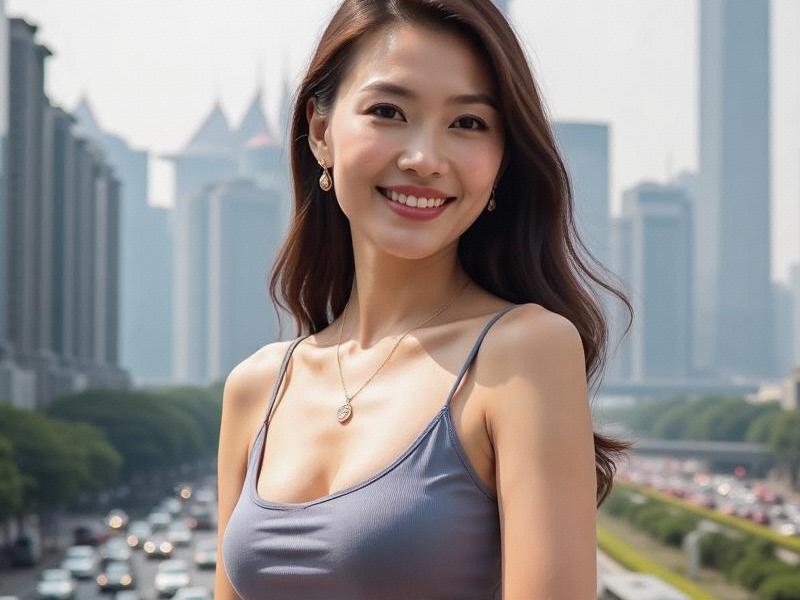This feature explores how Shanghai's women are reshaping traditional beauty standards while navigating the pressures of career success, family expectations, and global influences. Through interviews with fashion designers, sociologists, and successful female professionals, we examine the complex relationship between appearance and empowerment in China's most cosmopolitan city.

The Nanjing Road pedestrian mall offers a perfect vantage point to observe Shanghai's feminine revolution. Here, amidst the luxury boutiques and historic department stores, the city's women showcase a distinctive style that blends East and West, tradition and modernity - much like Shanghai itself.
The Shanghai Look: Evolution of Beauty Standards
Shanghai women have long been considered China's most fashionable, a reputation dating back to the 1920s when the city was known as the "Paris of the Orient." Today's standards, however, reflect globalized ideals filtered through local sensibilities.
Dr. Hannah Lin, a sociologist at Fudan University, identifies three pillars of contemporary Shanghai beauty:
1) "White-collar chic" - polished professionalism for the workplace
2) "Xiaozi qingdiao" (petit-bourgeois style) - understated luxury
3) "Guochao" (national trend) - modern interpretations of Chinese elements
The controversial "A4 waist" and "iPhone leg" trends of past years have given way to more inclusive ideals, though pressure remains intense. "We're seeing a rejection of extreme thinness," notes fashion blogger Vivian Wu. "Healthy glow is the new fair skin."
上海龙凤419体验 Career Women and the Beauty Economy
Shanghai's female workforce participates at one of China's highest rates (63.4% in 2024), creating massive demand for time-efficient beauty solutions. The city leads the nation in:
- Lunchtime cosmetic procedures (up 40% since 2022)
- Subscription makeup services (¥1,500/month average)
- AI-powered skincare diagnostics
Finance executive Miranda Zhang represents the new reality: "I spend 15% of my salary on appearance maintenance. In Shanghai, looking successful helps you be successful."
This phenomenon fuels a ¥28 billion local beauty industry, with domestic brands like Florasis and Perfect Diary capturing 52% market share from international giants.
Feminism with Shanghai Characteristics
爱上海419论坛 While avoiding Western-style activism, Shanghai women practice subtle feminism through economic independence. The average marriage age has risen to 31.2 (compared to 28.4 nationally), and 37% of high-income single women own property.
"Shanghai girls grow up understanding money equals freedom," says entrepreneur Lily Chen, 35, who owns three bakeries. "My parents wanted me married at 25. Now they brag about my business to relatives."
Cultural Preservation Through Fashion
Young designers are reinventing traditional elements like qipao collars and Suzhou embroidery in contemporary wear. At Donghua University's fashion school, 70% of students are women creating fusion styles.
"Modern Shanghai beauty isn't about looking Western," emphasizes designer Meng Yao. "It's about confidence in our hybrid identity."
The Dark Side: Pressures and Paradoxes
Beneath the glamour lies tension. Dating apps show Shanghai men still prefer "naturally beautiful" women who clearly invest in their appearance. Cosmetic surgery among university students increased 25% last year despite official discouragement.
爱上海
Psychologist Dr. Wang Li notes: "The contradiction is painful - be accomplished but not intimidating, fashionable but not vain, strong but feminine."
Future Trends
As Generation Z enters adulthood, early signs suggest further changes:
- Growing rejection of filters and photo editing
- Rising interest in sustainable fashion
- More women in STEM fields redefining professional aesthetics
The Shanghai woman of 2030 may care less about fitting molds and more about breaking them - while looking impeccably stylish in the process.